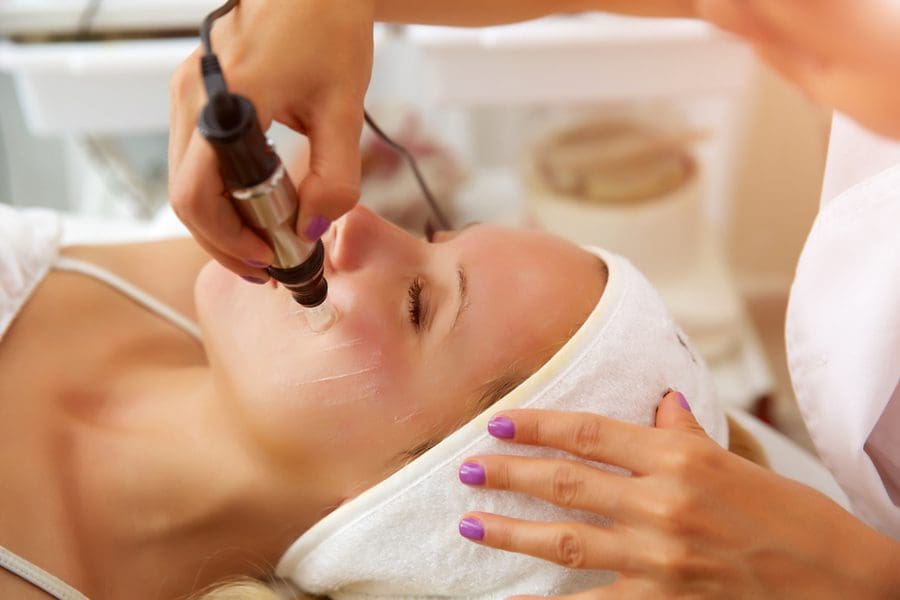Recent news about vampire facials have been scarier than the Instagram posts of blood-speckled beauties undergoing the cosmetic treatment. Two clients of the VIP Spa in Albuquerque tested positive for the same HIV strain, according to New Mexico Department of Health officials who launched an investigation into the spa’s handling of needles. The heartbreaking situation underscores that facials involving blood and a needle to the face should only be entrusted to a board-certified dermatologist.
Vampire facials involve drawing blood from the customer’s arm and extracting the plasma that’s packed with platelets, growth factors, and nutrients. The procedure uses micro-needling tools with clusters of small, thin needles to make hundreds of microscopic punctures on the face of the patient and the plasma is then spread over the punctures. This is called micro-needling. Plasma is then injected back into the face with a needle if you want to go the extra mile. Micro-needling encourages cell turn-over and skin resurfacing. Injecting platelet-rich plasma encourages the skin to produce new collagen and elastin.
Throughout the process, the customer’s blood is stored and transferred in containers. If a facility doesn’t properly sanitize or dispose of those containers, an uninfected patient could be exposed to diseases such as HIV or hepatitis C or hepatitis B and more.
Spas Aren’t Regulated Like Hospitals
Medical offices and hospitals are subjected to meticulous and constant oversight of their blood storage and sanitation. You can believe vampire facials in those settings are safe. That’s not to say that getting a vampire facial at a spa is automatically risky. But you should be aware spas don’t undergo the same rigorous regulation that’s intended to prevent hospitals from infecting one patient with another’s disease.
Some spas may not label blood or plasma as rigorously as hospitals would, so it’s even possible that a customer could receive someone else’s blood during a salon facial.
The treatment seems so commonplace these days that we tend to forget it’s a real medical procedure. Vampire facials can be dangerous if they’re not administered by board-certified professionals. However, warnings shouldn’t overshadow that the procedure itself is effective.
Research Shows Vampire Facials Work
Research in the last six years shows vampire facials can plump up sagging under-eye bags and dark circles. Injections can even the overall tone and texture of the skin and improve crepey skin. The treatment can reduce fine lines and wrinkles around the mouth and brighten a sun-damaged face. Some versions have minimized the appearance of acne scarring.
How painful is a vampire facial? Well, Kim Kardashian was a force in popularizing the treatment after she posted a bloody photo on Instagram back in 2013. Last year she revealed she won’t be having another one. “It was really rough and painful for me. It was honestly the most painful thing ever! It’s the one treatment that I’ll never do again,” she said on her website. Keep in mind Kim couldn’t use a numbing cream or painkiller before the treatment because she had just found out she was pregnant.
Numbing Cream Reduces Discomfort
Others report that numbing cream makes the procedure relatively painless. Kelly George, leading cosmetic nurse and owner of Kelly George Aesthetics, says you can expect that immediately after the facial, your skin will look sunburnt and feel tight but not uncomfortable. By the next day, the redness will fade to a light shade of pink. It is rare that a patient might see a small amount of bruising around the eyes or mouth, according to George.
Actual downtime is one to two days. Side effects don’t last long because blood platelets are rich in growth factors that repair damaged tissue. Combining platelet-rich plasma and micro-needling speeds up healing.
Just be cautious about who’s sucking your blood.






